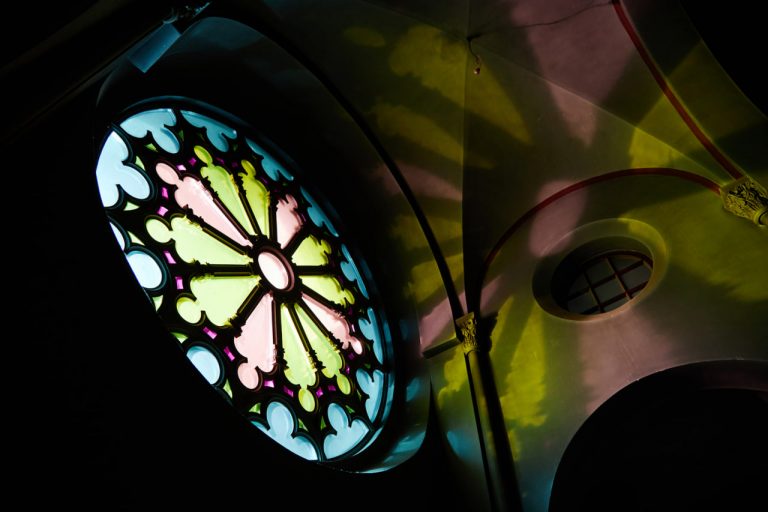Book Appointment Now

A Beginner’s Guide to Stained Glass: Tools, Materials, and First Steps
Stained glass is a timeless art form that blends color, light, and craftsmanship into pieces that can transform any space. For beginners, the journey into creating stained glass may seem overwhelming, but with the right tools, materials, and approach, the process becomes an exciting pathway into artistic expression. Whether you want to craft a decorative sun catcher or begin building complex panel designs, understanding the fundamentals is the first step toward success.
Understanding the Basics of Stained Glass
Before diving into cutting and assembling glass, it’s essential to understand what stained glass work involves. This art requires precision, patience, and an eye for detail, as each piece of glass must fit perfectly within the final design. Beginners often start with small projects to practice techniques such as cutting, grinding, foiling, and soldering. Developing these skills early makes more advanced projects feel achievable and enjoyable.
Essential Tools You Need to Begin
Starting with the proper tools ensures smoother progress and better results. A few basic yet crucial tools are necessary to get started safely and effectively.
Glass Cutter
A glass cutter is one of the most important tools in your collection. It features a small wheel that scores the glass surface, allowing you to break it cleanly along the line. Beginners should look for a comfortable grip and consistent scoring performance.
Running Pliers
After scoring your glass, running pliers help snap it along the cut line. These pliers apply gentle, even pressure to create clean breaks. They make cutting far more reliable, especially for newcomers.
Grinder
Once the glass pieces are cut, a grinder smooths any sharp edges and fine-tunes shapes. It ensures that each piece fits perfectly into the pattern. A solid entry-level grinder is a valuable long-term investment.
Soldering Iron
After wrapping the edges of each piece with copper foil, a soldering iron is used to join them. Look for a temperature-controlled model to ensure safe and consistent soldering work.
Safety Gear
Safety glasses and gloves are non-negotiable. Glass shards and sharp edges can cause injury, so always protect your hands and eyes during the cutting and soldering stages.
Choosing the Right Materials
Tools are only half of the equation. High-quality materials will elevate your finished project and make the crafting process smoother.
Stained Glass Sheets
Glass comes in many varieties, from transparent to opaque, textured to smooth. Beginners often start with smooth, even-textured glass because it is easier to cut and fit. Choosing a harmonious color palette helps bring your design to life.
Copper Foil
Copper foil wraps around the edges of each glass piece. The solder adheres to this foil, forming the framework of your artwork. Foil comes in different widths to accommodate various glass thicknesses.
Solder and Flux
Solder is the metal that bonds the foiled pieces together. Flux, applied before soldering, ensures that the solder flows smoothly and forms strong joints. Both materials play a major role in the durability and appearance of the final product.
Pattern Templates
Beginners benefit greatly from using pre-made templates. These patterns guide the shapes and layout of each piece, helping you learn the techniques without worrying about complex design work.
Preparing Your Workspace
Stained glass work requires a dedicated, organized space. Set up a sturdy table with good lighting and easy access to electrical outlets for your grinder and soldering iron. Keep your tools within reach but stored safely when not in use. Because glass work can be messy, placing a cutting mat or board under your project helps protect your table.
First Steps in Creating Your Stained Glass Project
With your tools and materials ready, you can begin bringing your first project to life.
Step 1: Choose a Simple Pattern
Start with a small, uncomplicated design. Sun catchers, simple geometric shapes, or basic floral designs are perfect for learning the fundamentals.
Step 2: Trace and Cut the Pattern
Trace the pattern pieces onto your glass using a marker that shows up clearly. Score along the lines, then use running pliers to break the glass carefully.
Step 3: Grind the Edges
Use your grinder to smooth and refine each piece. This ensures everything fits together snugly and forms a clean, cohesive design.
Step 4: Apply Copper Foil
Wrap each piece with copper foil, pressing it firmly and smoothing out any wrinkles. Proper foiling is essential for strong solder joints.
Step 5: Solder the Pieces
Apply flux and begin soldering along the seams. Move slowly and steadily to create smooth, even lines.
Step 6: Clean and Polish
Once complete, clean your project thoroughly to remove any flux residue. Applying a finishing polish enhances shine and protects the metal.
Progressing Beyond Beginner Level
After completing your first project, you’ll naturally begin exploring new techniques and challenges. Try working with textured glass, experimenting with color blends, or designing your own patterns. With consistent practice, your confidence and artistic vision will grow, opening the door to more ambitious creations.



